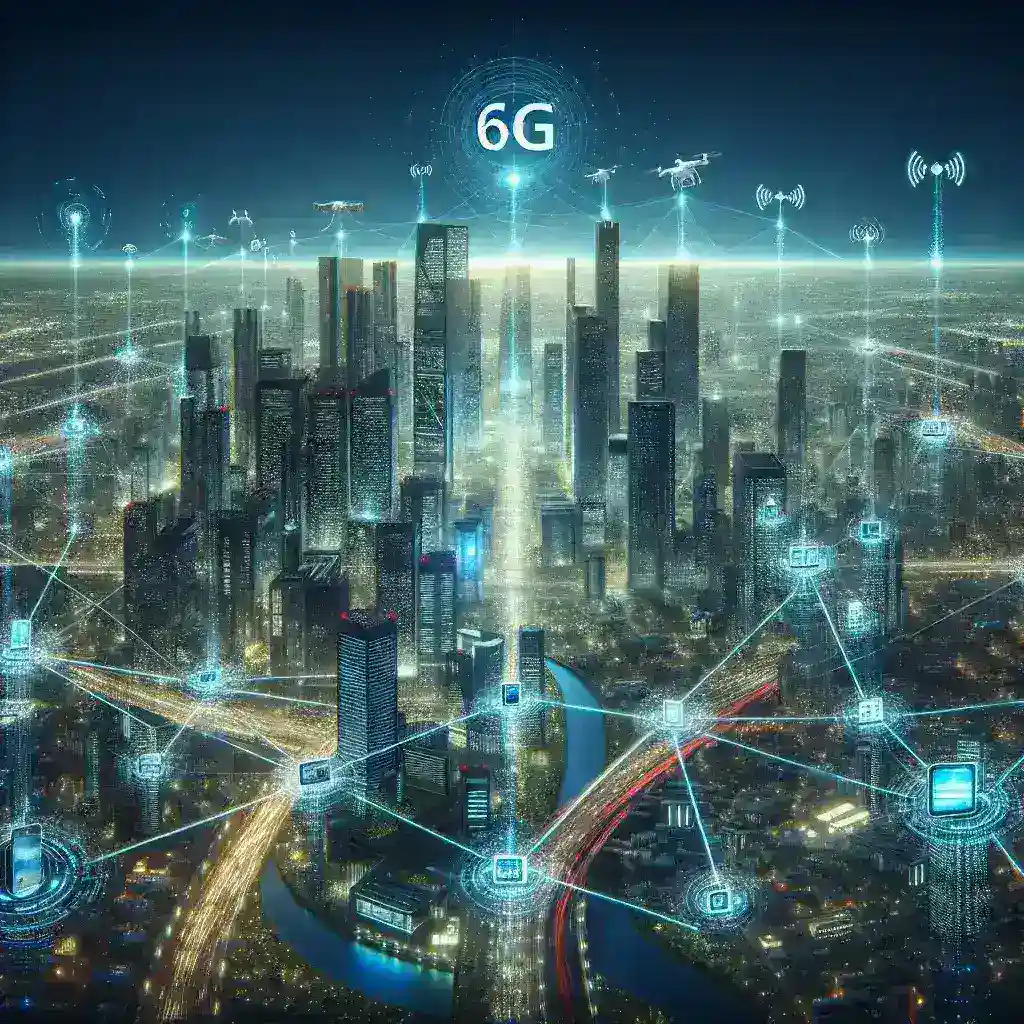The realm of telecommunications is on the brink of another evolutionary leap forward with the advent of 6G technology. While 5G has only recently started to be widely deployed, the industry is already preparing for the next-generation cellular technology, which promises to revolutionize the way we connect, communicate, and conduct business.
Understanding 6G Technology
6G, or the sixth-generation wireless technology, aims to build upon the advancements of 5G, offering unprecedented speeds, lower latency, and enhanced connectivity options. While 5G brought us speeds up to 10 Gbps, 6G is expected to push these limits even further, possibly reaching staggering speeds of 1 Tbps (terabytes per second). This tremendous leap will support a new wave of applications and services that are currently unimaginable.
Key Features of 6G
- Ultra-fast Connectivity: 6G will offer data rates exceeding those of 5G by up to 1,000 times, enabling seamless high-definition streaming, virtual reality experiences, and real-time data processing.
- Low Latency: The latency in 6G networks is targeted to be in the microseconds, making real-time communication and instantaneous feedback a reality.
- Enhanced Bandwidth: The wider bandwidth available in 6G will support a higher density of connected devices and users, accommodating the exponential growth of Internet of Things (IoT) devices.
- High Reliability: Improved network reliability will ensure consistent and uninterrupted connectivity, which is crucial for critical applications like remote surgery and autonomous vehicles.
Applications and Benefits of 6G
The impact of 6G will be felt across various sectors, driving innovation and fostering new capabilities that extend beyond current technological frontiers. Here are some prominent applications and benefits:
Healthcare
With 6G, healthcare can achieve unprecedented levels of precision and efficiency. Remote surgeries performed by robotic systems can benefit from ultra-low latency connections, allowing surgeons to operate with greater accuracy from anywhere in the world. Furthermore, real-time health monitoring can enable proactive care and immediate intervention, saving lives and improving patient outcomes.
Smart Cities
6G will be the backbone of future smart cities, where interconnected devices and sensors will enhance urban living. From traffic management systems that reduce congestion and pollution to advanced surveillance systems that ensure public safety, 6G will provide the stability and speed necessary for smart city infrastructure.
Autonomous Transportation
The capabilities of 6G will transform the landscape of transportation. Autonomous vehicles, including drones and self-driving cars, will rely on speedy, low-latency networks for real-time data exchange. This will make transportation safer, more efficient, and environmentally friendly.
Industrial Automation
The integration of 6G in industrial settings will pave the way for Industry 4.0 advancements, where factory floors are populated by connected and intelligent robots. These robots will communicate in real-time, enhancing productivity and reducing downtime due to maintenance.
Challenges and Considerations
While the promise of 6G is enticing, there are still significant challenges that need to be addressed before it can be fully realized:
- Infrastructure Development: Developing the infrastructure to support 6G networks will require massive investments and coordination among various stakeholders, including governments, telecommunications companies, and technology providers.
- Standardization: Establishing global standards for 6G is vital to ensure interoperability and widespread adoption. This requires international collaboration and consensus among industry leaders.
- Security: With increased connectivity comes greater vulnerability to cyber threats. Ensuring that 6G networks are secure against hacking and data breaches is crucial to protecting user privacy and safety.
- Environmental Impact: The deployment of 6G will need to consider energy efficiency and sustainability to mitigate its environmental footprint.
The Future of Connectivity
As 6G technology continues to develop, it will undoubtedly transform the future of connectivity. The strides made in speed, latency, and reliability will open the door to innovations and applications that were previously thought to be science fiction. The potential of 6G can reshape industries, improve quality of life, and drive global digital transformation.
As we stand on the precipice of this exciting new era, it is essential to address the challenges and work collaboratively towards realizing the full potential of 6G. Whether you are a consumer, business owner, or policymaker, preparing for the impact of 6G will be critical to staying ahead in the rapidly evolving digital landscape.

